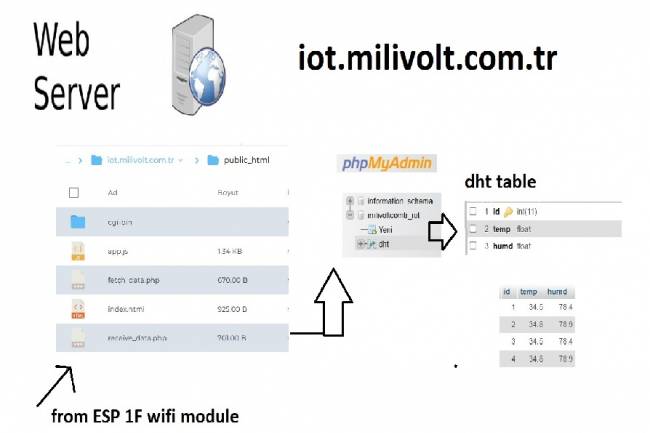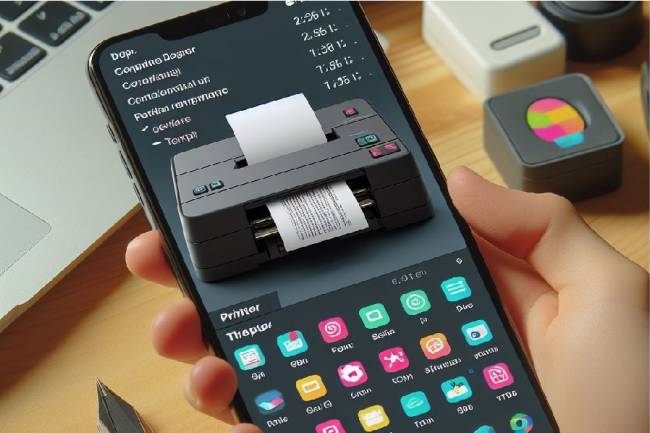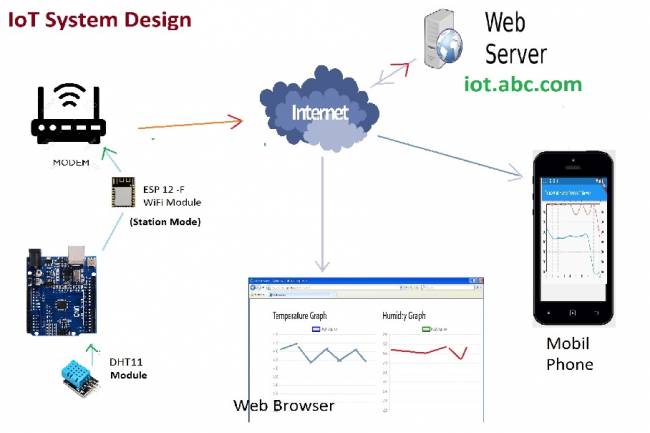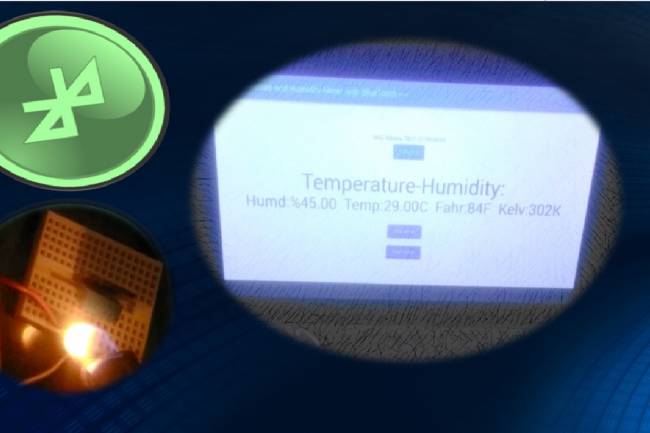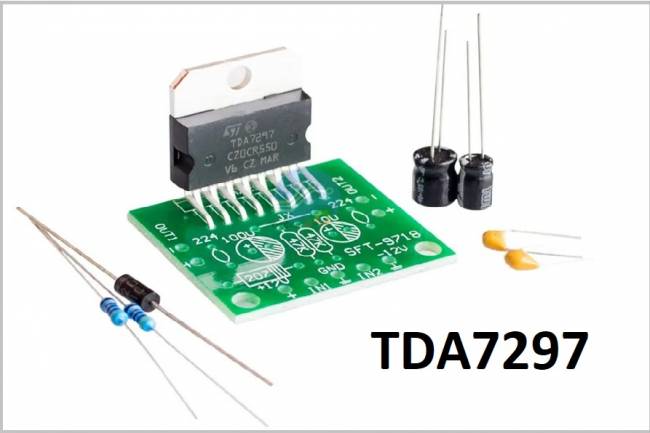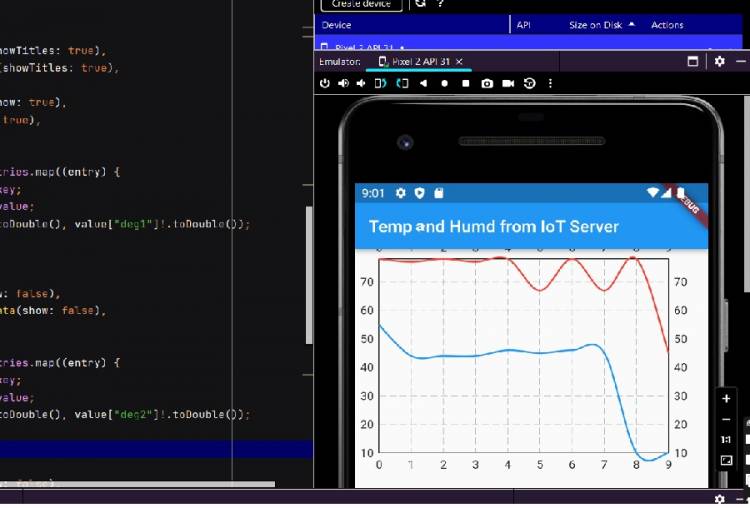
Extracting Data from Database and Creating Graphs with Flutter and PHP
Database Operations with Flutter
In this article, we will pull data in JSON format from a web server using Flutter and PHP and visualize this data as a line graph.
Flutter is an open source UI (User Interface) development framework developed by Google. PHP, on the other hand, is a popular programming language designed specifically for web development. Using these two technologies, we will develop an application that pulls temperature and humidity data from a database and displays this data as a line graph.
Requirements
Flutter installed development environment (Android Studio, VS Code etc.)
A web server or local server with PHP support (such as XAMPP)
A database (e.g. MySQL)
Step 1: Data Extractions (PHP)
In the first step, we will pull the last 5 measurements from the database using PHP codes. We will return these measurements in JSON format.
<?php
$servername = "localhost";
$username = "username";
$password = "password";
$dbname = "database_name";
$conn = new mysqli($servername, $username, $password, $dbname);
if ($conn->connect_error) {
die("Error connecting to database: " . $conn->connect_error);
}
$sql = "SELECT * FROM dht ORDER BY id DESC LIMIT 5";
$result = $conn->query($sql);
$data = array();
if ($result->num_rows > 0) {
while($row = $result->fetch_assoc()) {
$data[] = array(
"deg1" => (int)$row["temp"],
"deg2" => (int)$row["humd"]
);
}
}
echo json_encode($data);
$conn->close();
?>
Step 2: Developing Flutter App
In the Flutter application, we will run PHP codes using the HTTP package and process the incoming JSON data and display it as a line graph and list.
import 'package:flutter/material.dart';
import 'package:http/http.dart' as http;
import 'dart:convert';
import 'package:fl_chart/fl_chart.dart';
void main() {
runApp(MyApp());
}
class MyApp extends StatefulWidget {
@override
_MyAppState createState() => _MyAppState();
}
class _MyAppState extends State<MyApp> {
List<Map<String, int>> data = [];
@override
void initState() {
super.initState();
fetchData();
}
Future<void> fetchData() async {
final response = await http.get(Uri.parse('https://iot.milivolt.news/fetch_data.php'));
if (response.statusCode == 200) {
final jsonData = json.decode(response.body) as List<dynamic>;
setState(() {
data = jsonData.map((item) => {
"deg1": item["deg1"] as int,
"deg2": item["deg2"] as int,
}).toList();
});
} else {
throw Exception('Failed to load data');
}
}
@override
Widget build(BuildContext context) {
return MaterialApp(
home: Scaffold(
appBar: AppBar(
title: Text('Temp end Humd from IoT Server'),
),
body: Column(
children: [
AspectRatio(
aspectRatio: 1.5,
child: LineChart(
LineChartData(
titlesData: FlTitlesData(
leftTitles: SideTitles(showTitles: true),
bottomTitles: SideTitles(showTitles: true),
),
borderData: FlBorderData(show: true),
gridData: FlGridData(show: true),
lineBarsData: [
LineChartBarData(
spots: data.asMap().entries.map((entry) {
final index = entry.key;
final value = entry.value;
return FlSpot(index.toDouble(), value["deg1"]!.toDouble());
}).toList(),
isCurved: true,
colors: [Colors.blue],
dotData: FlDotData(show: false),
belowBarData: BarAreaData(show: false),
),
LineChartBarData(
spots: data.asMap().entries.map((entry) {
final index = entry.key;
final value = entry.value;
return FlSpot(index.toDouble(), value["deg2"]!.toDouble());
}).toList(),
isCurved: true,
colors: [Colors.red],
dotData: FlDotData(show: false),
belowBarData: BarAreaData(show: false),
),
],
),
),
),
SizedBox(height: 16),
Expanded(
child: ListView.builder(
itemCount: data.length,
itemBuilder: (context, index) {
return ListTile(
title: Text('Temperature: ${data[index]["deg1"]}°C'),
subtitle: Text('Humidity: ${data[index]["deg2"]}%'),
);
},
),
),
],
),
),
);
}
}
In this article, we covered the process of pulling data from a web server and visualizing it with a line graph in a scenario where Flutter and PHP are combined. With Flutter's rich UI capabilities and PHP's database processing capabilities, you can effectively visualize your data in your mobile app.



